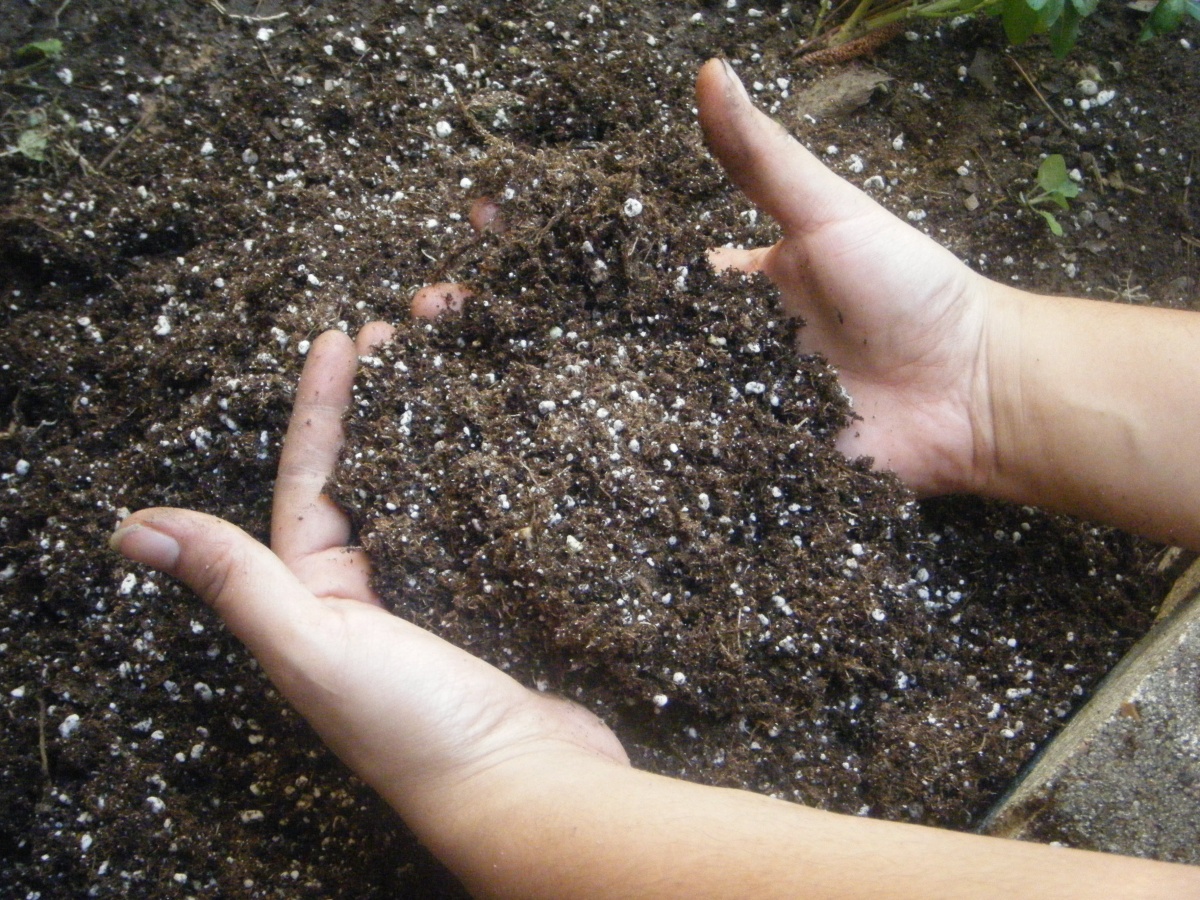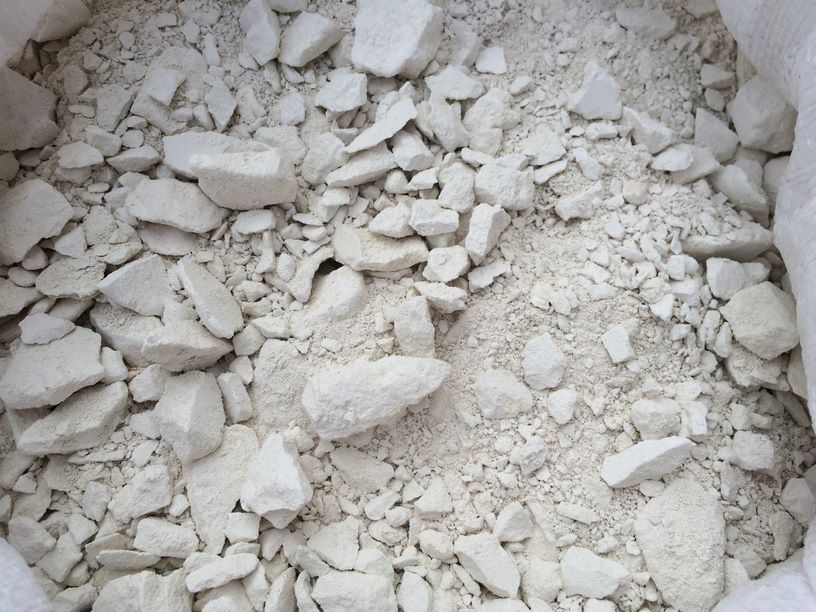Content:
The daffodil flower has gained immense popularity among gardeners around the world. For all its beauty, it does not require a special climate, soil and care, which is why it got its second name - a flower for lazy gardeners. Many growers believe that these representatives of the flora will bloom and smell in the garden, even if they are simply planted, not cared for, and occasionally watered. But not everything is so simple, it is also worth knowing when to prune daffodils. From the publication, the reader will learn how to choose the ideal place on the site, about the features of care, the rules for pruning, and also the reasons why daffodils do not bloom.
Narcissus flower: care and planting
So that the flowers do not fade and grow well, you need to choose the optimal place for them. It should be a little shaded. This is especially true for flowers with pink and orange crowns. Drafts are another important factor - it is best to choose a place protected from them.
Soil aeration and watering
As soon as the snow has melted, the plant needs abundant regular watering, and the less snow falls in winter, the more water is required in spring. During the growth period, the soil around the flower must be systematically loosened, and the volume and amount of watering should be left the same. Thanks to this, the plant will be saturated not only with water, but also with air. When the daffodil has faded, it also needs abundant watering, as its bulbs begin to multiply during this period.
Top dressing in accordance with vegetative phases
The first feeding is recommended as soon as the flower begins to grow. Special complex minerals are used as fertilizer.
For beginners, the question often arises - why did the daffodil not bloom? Many fertilize the plant once, only after the first shoots appear, but this is not enough for the flower. You should know that the next feeding will be required during the bud ovary period. Here, another fertilizer is already needed: 1 tablespoon of potassium and urea, a superphosphate solution are added to a bucket of water.
The last feeding is carried out during the propagation of the bulbs, when the flower has already faded. As a fertilizer, you can use a phosphorus-potassium solution or liquid ready-made dressings. Granules are also suitable, which after watering dissolve and saturate the plant roots with nutrients.
Pruning during the breeding season
Daffodils, which are not particularly difficult to care for, require pruning for further propagation of the bulbs. After the daffodil has completely bloomed, it must be cut off. However, this must be done at a certain period. In order for the plant to smell of gorgeous buds next spring, you need to know when to prune the daffodils after flowering. There is no need to rush here. But many beginners, after the daffodil has faded, do not know what to do with the stems and leaves. Experienced growers say that pruning is done only after the ground part has completely turned yellow and died off.
The rule is based on the fact that this flower is an ephemeroid.This means that the growing season for the ground part is short, and for the bulbs it is long. Therefore, in order for the latter to receive all the nutrients that the plant has accumulated thanks to the leaves and peduncles, it is necessary to wait a while until the greens are completely dry.
The more nutrients the bulbs get, the easier it will be for them to endure the winter cold.
When to prune a daffodil for the winter
After the flowers have withered, it is necessary to make a top dressing, which contains a lot of potassium and phosphorus. Then it only remains to wait for the moment when all the leaves are completely dry - only during this period can pruning be carried out. After this procedure, the soil must be loosened. Many have heard that the plant is so unpretentious that it does not need to be insulated even for the winter. But this does not apply to all varieties. You also need to cover the flowers that were planted after September 15th. Indeed, in such a short period, the daffodil will not have time to take root, and may freeze, especially if the winter is not very snowy.
You need to cover for the winter varieties of daffodils with large flowers - they are most sensitive to cold weather. This must be done before the onset of frost. Any materials at hand can be used as mulch:
- dried leaves;
- grass;
- peat;
- wood ash.
The insulation is removed in early spring, but it is imperative to wait for the moment when night frosts and sudden jumps in ambient temperature are no longer expected.
What can hinder the flowering of a daffodil
Many gardeners do not understand why daffodils do not bloom - only leaves. The absence of buds can be due to various factors, and even several at once in the aggregate.
Over or under watering
Both excess and deficiency of moisture do not have the best effect on the plant. It must be remembered that the roots of the daffodil lie deep to 30 cm.That is, they need to be watered abundantly and regularly, but not filled with water every day. Overdrying the soil and root system is detrimental to flowers.
Close fit
Since the daffodil is a perennial flower with a branched root system, it must be provided with sufficient space for full development. If the plants are planted too closely, they will not bloom. Too close an arrangement of daffodils even leads to the fact that one bulb entwines another, as a result of which the flower receives little oxygen, water, and other nutrients and does not bloom in the future.
Acidic soil
The daffodil loves soil with a slightly acidic reaction, which can vary between 5-7 pH. If the plant is planted in acidified soil, flowering is scarce or completely absent.
You can cope with this problem with lye. To do this, in the ground, preferably a few months before the daffodil planting, you must add:
- dolomite or lime flour;
- a piece of chalk.
Damage to the bulbs
If the bulbs are damaged in any way, the bush may not bloom.
Early leaf pruning
If last season the leaves on the bush were cut too early, then the natural accumulation of all nutrients was disrupted.Because of this, in the next year, the plant may not bloom.
Tips and tricks from experienced florists
Each experienced grower has his own rules for planting and caring for plants. So, some gardeners recommend transplanting daffodils every three years. At the same time, others achieve gorgeous flowering through the annual transplant of bushes.
Experienced gardeners do not rely on a large amount of snow in winter, but always warm flowers for the winter. The most common materials for this are:
- sawdust;
- leaves;
- peat.
Knowing all the reasons why the daffodil does not bloom in spring, you can choose the right care so that next year the plant will delight you with chic buds. It is worth knowing when the leaves of the daffodil are cut after flowering. Also, when choosing a variety for planting, it is necessary to take into account not only its characteristics, but also the climatic conditions in which it will grow. The plant should be zoned for this zone.















